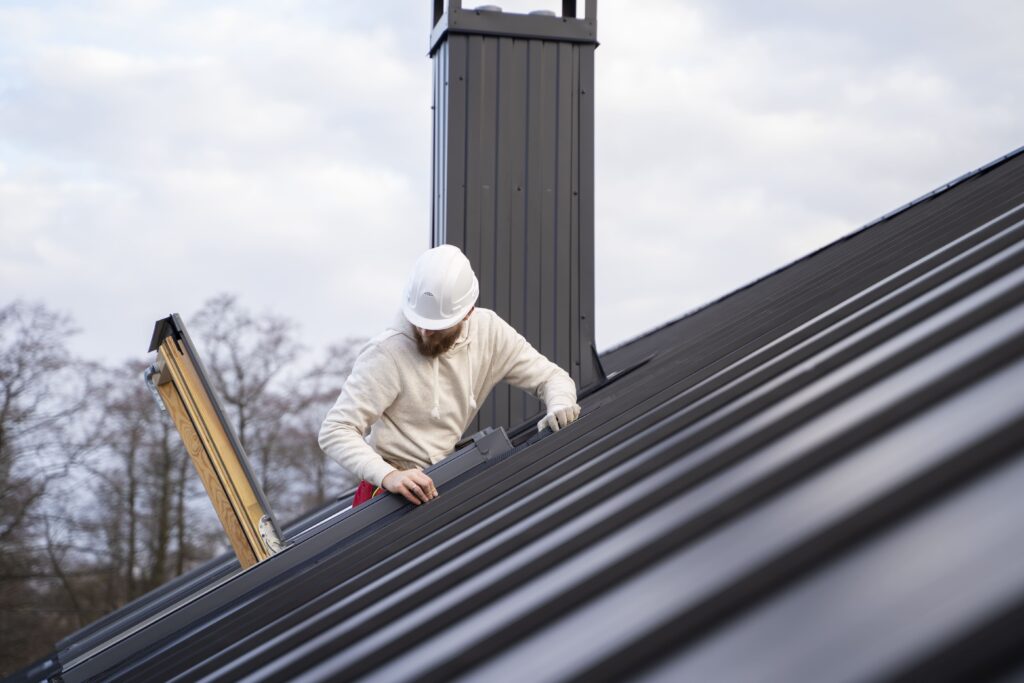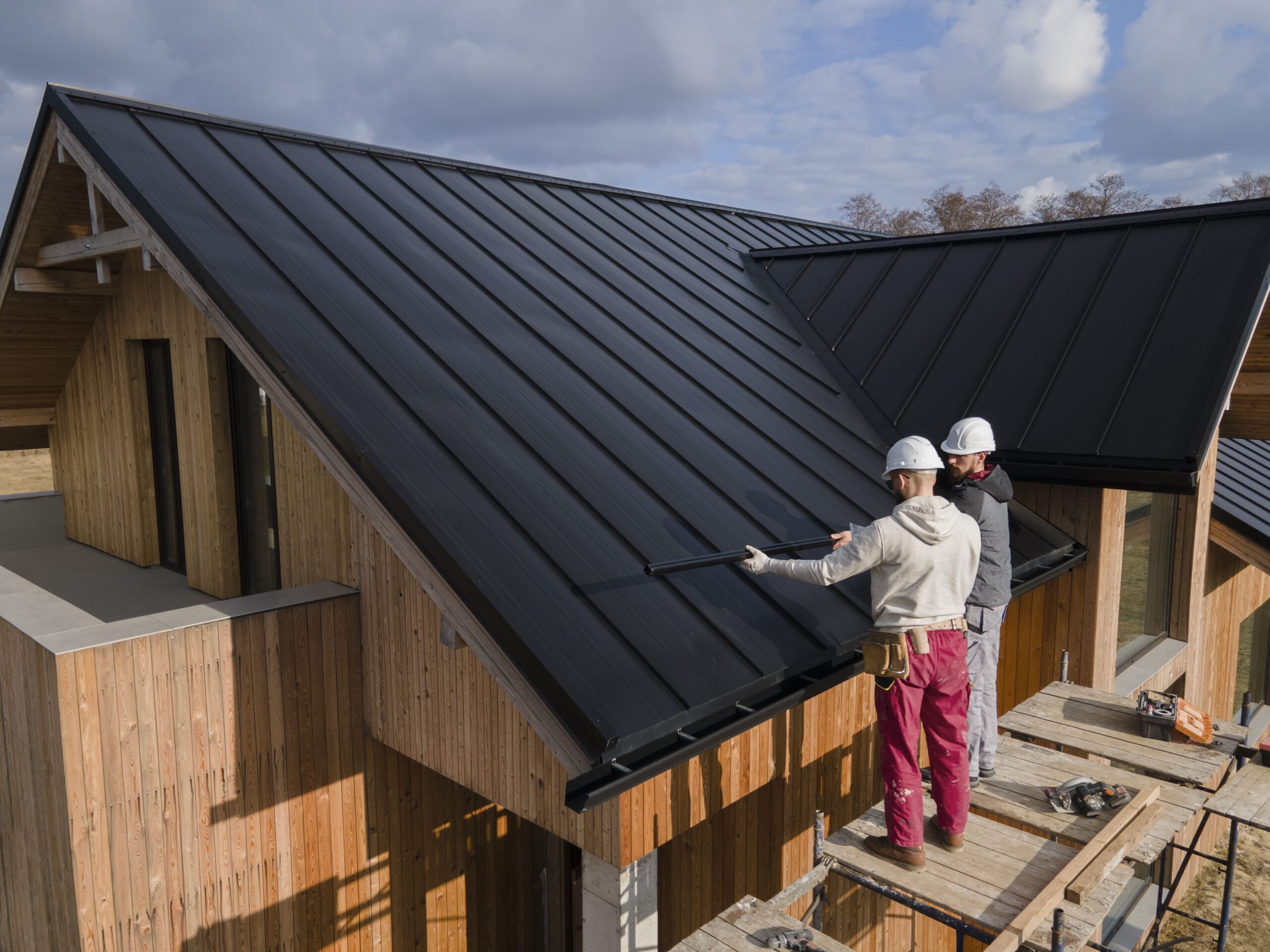Roof set up would possibly sound like a frightening mission, but with the right guidance, it could be extra achievable than you watched. Whether you are a pro DIY fanatic or a beginner owner of a house looking to save on exertions expenses, this smooth-to-follow manual will smash down the process into simple steps that every body can understand. Let’s dive in!
Understanding Your Roofing System:
Before you start installing a brand new roof, it’s vital to familiarize yourself with the specific components of your roofing system. These typically encompass:
1. Roof Deck: The base layer of your roof is generally made from plywood or oriented strand board (OSB).
2. Underlayment: A defensive barrier is established between the roof deck and the shingles to prevent water infiltration.
3. Shingles: the outermost layer of your roof, to be had in numerous materials along with asphalt, metallic, or wood.
Four. Flashing: Metal strips establish round roof openings and intersections to prevent water leaks.
Ventilation: Intake and exhaust vents help regulate airflow in your attic, reducing moisture buildup and warmth accumulation.

Preparing for Installation:
Before you begin the set up system, gather all the necessary substances and equipment, including:
- Roofing materials
- (shingles,
- underlayment, flashing)
- Roofing nails or staples
- Hammer or nail gun
- Utility knife
- Caulk gun
- Roofing adhesive
* Safety equipment (gloves, goggles, harness)
Additionally, make sure to check the climate forecast and pick out a dry, slight day for installation to ensure surest conditions.
Step-by-Step Installation:
Prepare the Roof Deck: Start by inspecting the roof deck for any damage or rot. Replace any deteriorated sections and ensure the surface is easy and free of particles.
1. Install Underlayment: Roll out the underlayment throughout the complete roof deck, overlapping every row by a few inches. Secure the underlayment in region with the use of roofing nails or staples, ensuring it lays flat with no wrinkles or bubbles.
2. Lay the Shingles: Begin laying the shingles at the lowest edge of the roof, beginning from the eaves and operating your way up toward the height. Follow the manufacturer’s commands for the particular type of shingles you are using and remarkable the joints to create a uniform appearance
3. Secure Flashing: Install flashing around roof penetrations which includes chimneys, vents, and skylights. Use roofing adhesive or nails to stabilize the flashing in area, making sure a watertight seal.
4. Finish the Ridge: Once you have set up the shingles on the primary roof region, cut and set up ridge caps along the height of the roof. Secure the ridge caps with roofing nails or adhesive, overlapping every piece to prevent water infiltration.
5. Check for Leaks: After completing the installation, very carefully inspect the roof for any signs of leaks or gaps. Seal any uncovered nails or seams with roofing caulk to ensure a watertight seal.
Clean Up: Once the set-up is complete and you’ve got ensured the whole lot is stable, clear up any debris or leftover substances from the task website. Dispose of waste responsibly, following nearby rules and guidelines.
Maintenance Tips
- Regularly check out your roof for signs and symptoms of harm or put on, inclusive of lacking shingles, cracked flashing, or clogged gutters.
- Trim overhanging tree branches to prevent them from unfavourable your roof in the course of storms or high winds.
- Clean your gutters often to save you water backup and capacity roof leaks.
- Consider hiring a expert roofing contractor for periodic inspections and protection duties to make sure the durability of your roof.
Conclusion:
Installing a brand new roof doesn’t ought to be a complex or intimidating procedure. By following those simple steps and taking right precautions, you can effectively install a long lasting and long-lasting roof that offers safety for your property and family. Remember to prioritize safety at all times and do not hesitate to are trying to find expert help if wanted. With a touch endurance and effort, you could address this domestic development project with self assurance and simplicity.







